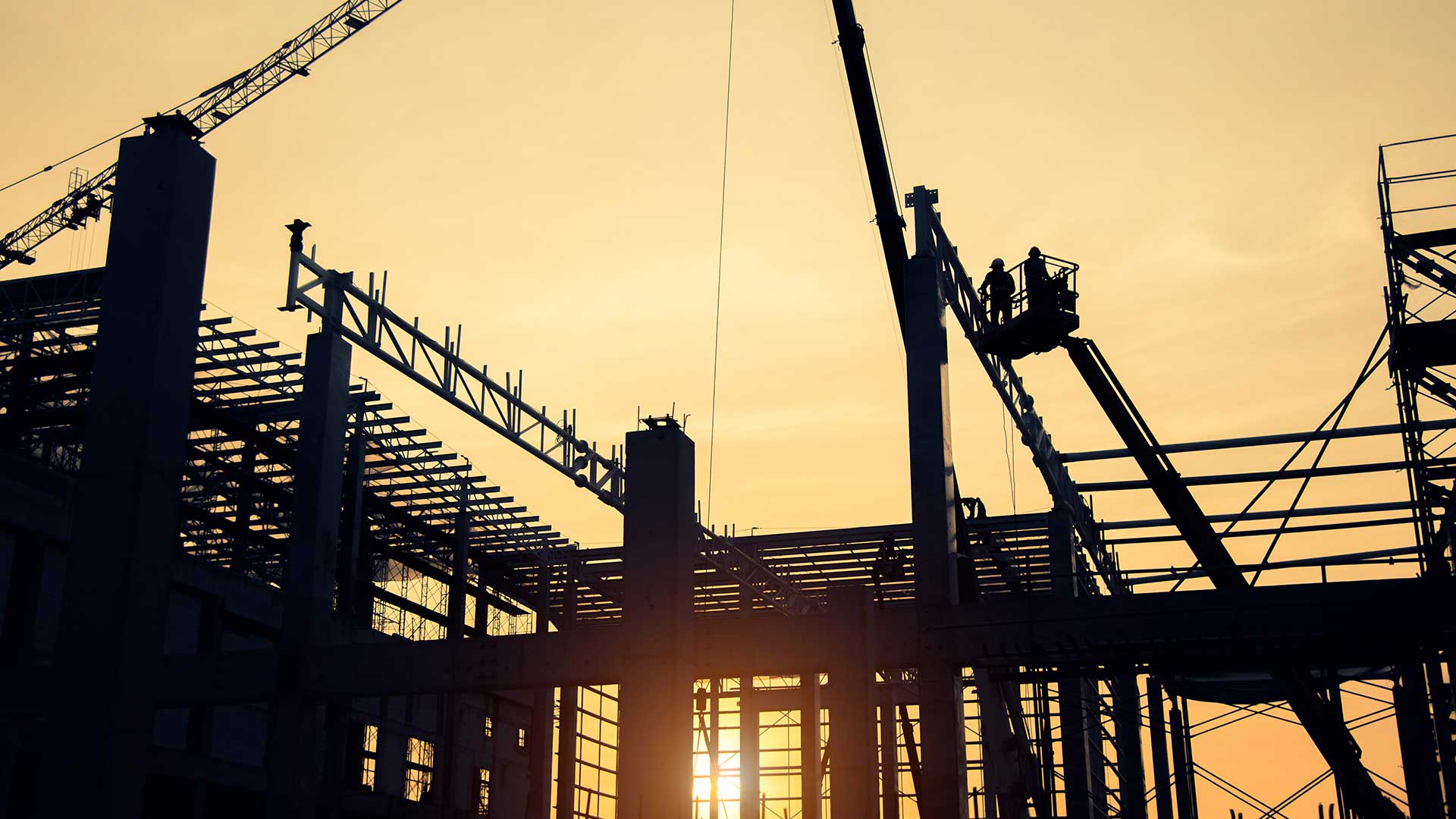Earlier this summer, Prime Minister Carney announced Canada would take measures to protect Canadian steel producers against trade diversion, strengthen supply chain resilience, and unlock new private capital in Canadian production.1 These steps included introducing tariff rate quotas (TRQs) and a 50% surtax on certain steel goods originating from non-free trade agreement (FTA) countries.
These measures were amended on August 1, 2025, to extend the TRQs and associated 50% surtax to goods originating from FTA countries, excluding the US and Mexico, and expand the list of covered steel goods.2 The Government of Canada also issued the Steel Goods and Aluminum Goods Surtax Order (the China Order) imposing a 25% surtax on certain steel and aluminum goods from China, effective July 31, 2025.
These far-ranging measures will have important repercussions for Canadian businesses sourcing aluminum and steel goods from abroad
The TRQ/surtax order and the August 1 amendment
The Order Imposing a Surtax on the Importation of Certain Steel Goods (the TRQ/Surtax Order) introduced in June established TRQs on imports of certain steel products originating from non-FTA countries. TRQs establish a volume of imports (in tonnes) for certain types of steel products (flat, long, pipe and tube, semi-finished and stainless) that could be imported into Canada quarterly without any surtax imposed. Imports over the quarterly TRQ volumes are subject to a 50% surtax. The TRQ/Surtax Order initially applied only to non-FTA countries, exempting goods originating from over 50 FTA partner countries such as Australia, France, Germany, Italy, Japan, Singapore, Sweden and Vietnam.
The August 1, 2025, amendment extended the TRQ system and 50% surtax to goods originating in most FTA countries, with the notable exception of Mexico and the US (goods originating in Canada, the US and Mexico continue to be exempt from the TRQ/Surtax Order).
The list of covered steel products was also expanded significantly to include certain carbon steel ingots, steel billets and blooms, hot-rolled sheet, floor plate, steel plate, cold-rolled sheet, tin, coated, pre-painted, rebar, hot-rolled bar, wire rod, cold finished bars, structural steel, steel wire, stainless steel ingots, stainless steel billets and blooms, line pipe, oil country tubular goods, standard pipe, large diameter line pipe, piling pipe, and hollow structural sections.
The August 1 amendment also removed a provision allowing any unused TRQ quantities to be carried forward, but added a clarification that, if a good subject to a surtax under the TRQ/Surtax Order is also subject to any other surtax under the Customs Tariff, only the surtax under the order is applicable to the good – in other words, the 50% surtax is not combined with other surtaxes.
Calculating the applicable TRQ varies as between FTA and non-FTA countries and is subject to transitional provisions. Importers must have a shipment-specific permit to indicate the importation is under the TRQ and thus not subject to the surtax.3
The China Order
On July 31, 2025, Canada implemented a 25% surtax on certain steel melted and poured in China and certain aluminum smelted and cast in China.4 Several exceptions apply, including for goods that originate in the US and for goods eligible for classification under the tariff relief provisions in Chapter 98 of the Customs Tariff.
The Canada Border Services Agency (CBSA) has indicated that, for the purposes of the China Order, goods contain steel melted and poured in China if the raw steel, or any portion of the raw steel, contained in the goods was first produced in a liquid state in a steel-making furnace and poured into its first solid state (either as a semi-finished or finished steel mill product) in China.
Meanwhile, goods contain aluminum smelted and cast in China if:
- the largest volume or, if any, second largest volume of primary aluminum contained in the goods was produced in China; or
- the aluminum contained in the goods was most recently liquified and cast into a solid state in China.
Not all products containing Chinese steel and aluminium are covered. The list of affected Chinese-origin steel and aluminium products is set out in Parts 1 and 2, respectively, of the Schedule to the China Order. The list includes certain iron and steel goods of Chapter 72 (e.g. ingots, flat-rolled iron and stainless steel, iron bars and rods, etc.), as well as certain articles of iron or steel classified in Chapter 73 (e.g. sheet piling of iron or steel; railway or tramway track construction material of iron or steel, including rails; line pipe; and drill pipe).
For aluminum, it includes certain: aluminum alloys; aluminum bars, rods and profiles; aluminum wire; aluminum plates, sheets and strip; aluminum foil; aluminum tubes and pipes; and aluminum tube or pipe fittings (e.g. couplings, elbows, sleeves).
Importers of these goods must provide proof, on request from CBSA, that their products do not contain steel or aluminum originating from China – in other words, a reverse onus applies. If the importer fails to provide the required documentation, the goods will be deemed to be of Chinese origin, and the applicable surtax will apply.
While commercial invoices and reports will initially be accepted, after September 22, 2025, CBSA will only accept a certificate as proof the steel and aluminum did not originate from China (e.g. a mill test certificate, material test certificate, certificate of conformance, or a chemical analysis certificate).5
Duties Relief and Duty Drawback programs
The Duties Relief and Duty Drawback programs will be available to Canadian importers for surtaxes paid or owed under either the TRQ/Surtax Order or China Order on imports, subject to the provisions of the Canada-United States-Mexico Agreement.
Takeaways
The surtaxes under the TRQ/Surtax Order and China Order may result in higher costs for Canadian businesses using imported steel and aluminum. Companies should closely examine the origin of their materials and assess whether any surtaxes will become owing on importation – in addition to any anti-dumping or countervailing duties applicable to imports of steel and aluminum products under the Special Import Measures Act. Canadian companies that have existing supply agreements in place for steel and aluminium imports need to urgently assess whether the new measures apply and, if so, who is responsible for the surtaxes. To the extent the new measures make it unfeasible to continue the supply arrangement, default provisions need to be examined.
Longer term, Canadian end-users of foreign steel and aluminium should consider adjusting their supply chains to source steel and aluminum from Canada or alternative jurisdictions to avoid higher costs when either anti-dumping duties or surtaxes are applicable.
The requirement to provide documentation to prove that steel and aluminum imports are exempt from the China Order places the onus on importers to provide sufficient proof. To the extent that Canadian companies import steel and aluminium products themselves, they need to ensure the necessary documentation is provided by their suppliers to avoid additional fees.
The authors would like to thank Michèle-Lise Lepage, summer student, for her contribution to preparing this legal update.




